USask GHG Emissions Overview
The University of Saskatchewan's Greenhouse Gas Emissions Inventory is now found as an appendix to our Annual Sustainability Progress Report
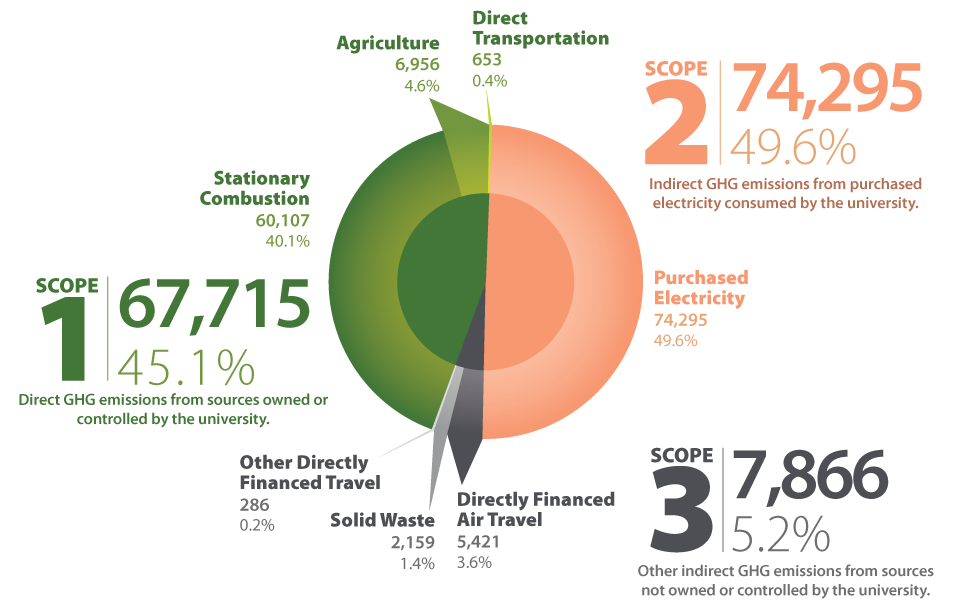
The Scope of Our Emissions
Greenhouse gas emissions are broken down into 3 scopes, as explained below.
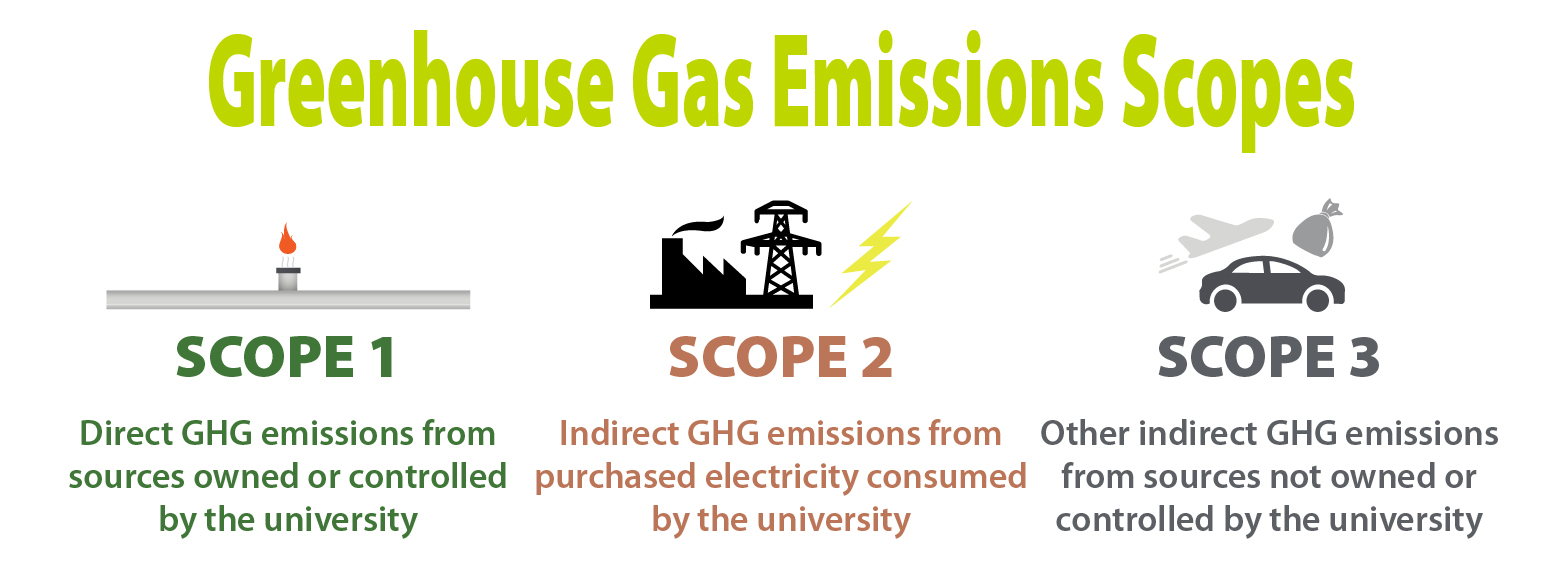
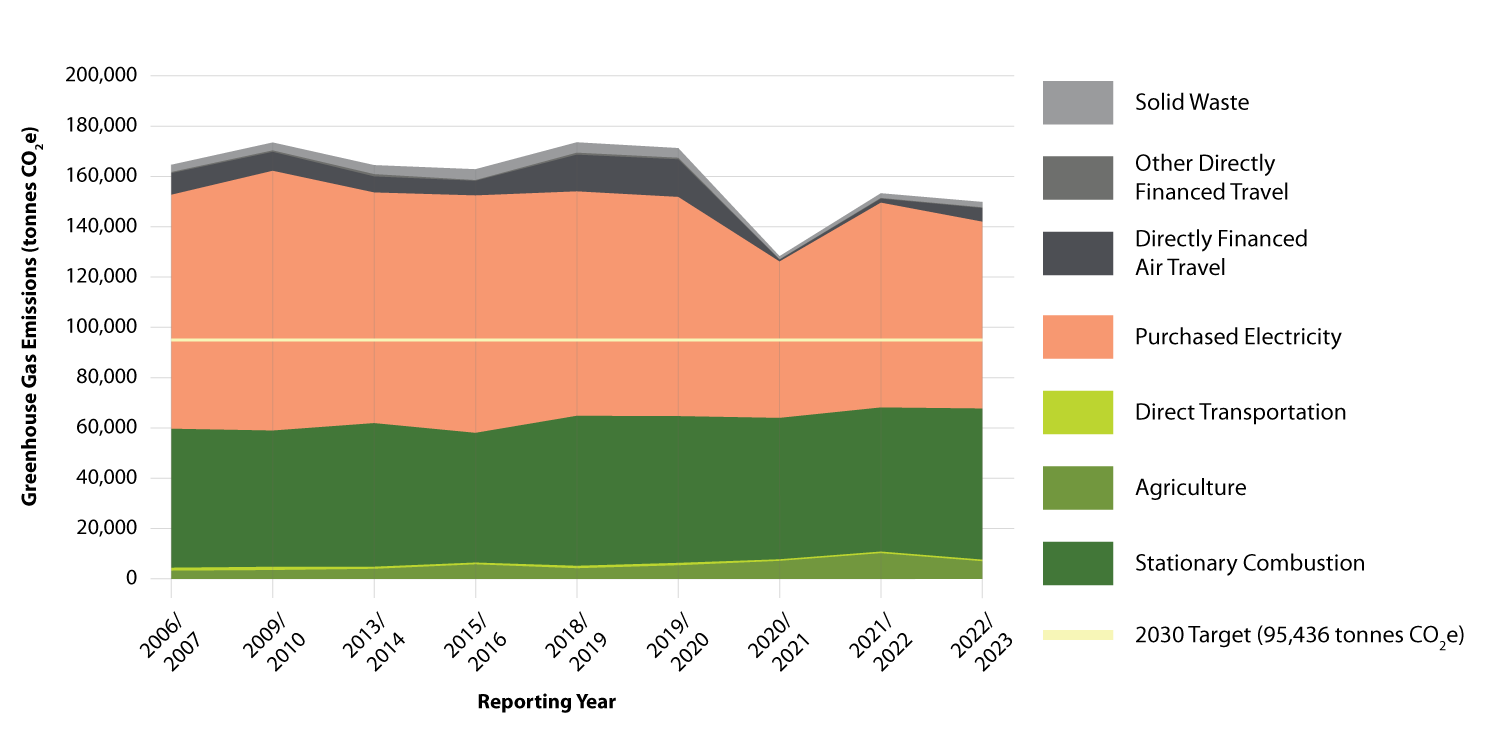
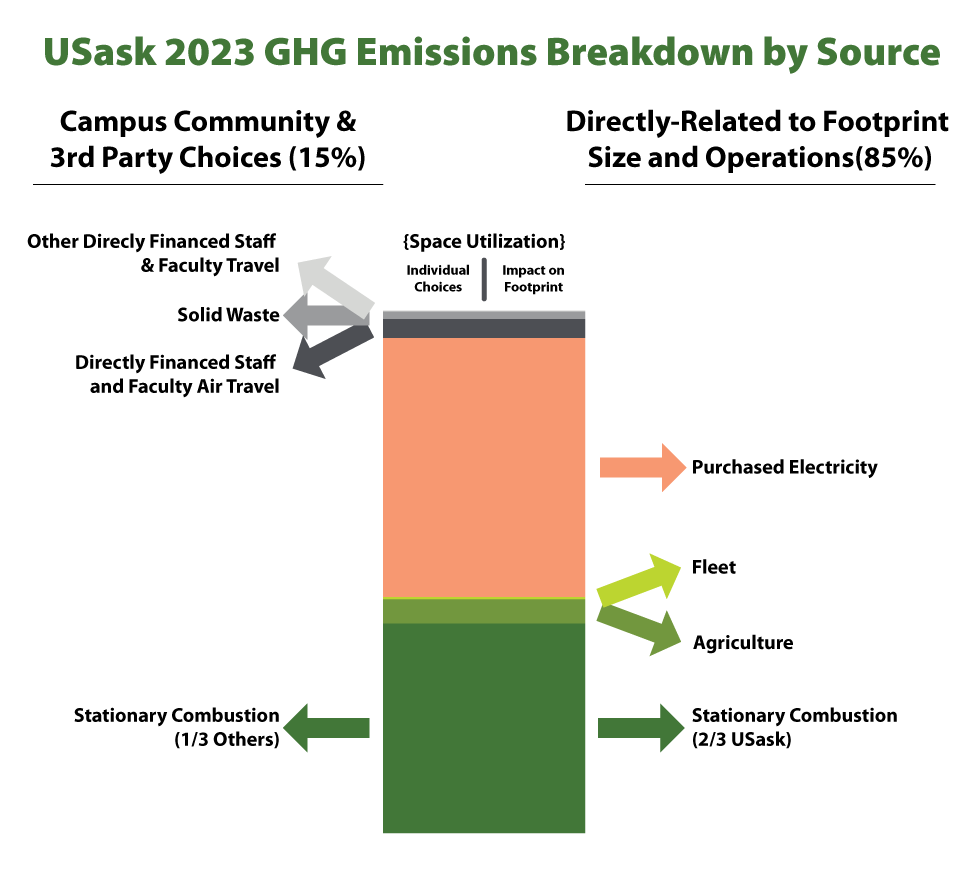
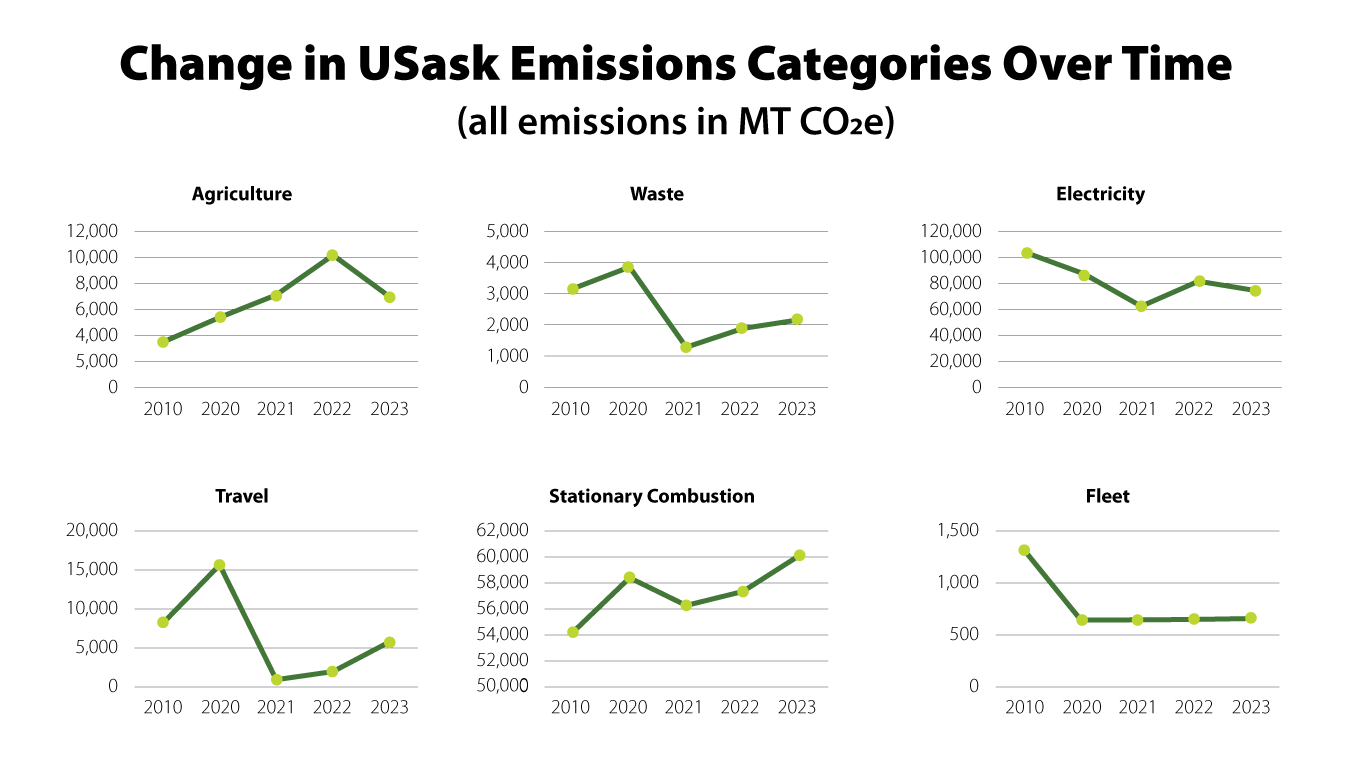
The USask Commitment
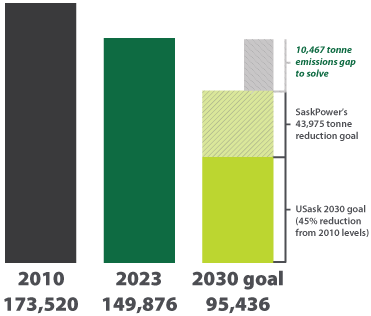
The university has set a number of commitments to tracking, reducing, and mitigating our greenhouse gas emissions, including:
- An inventory of our GHG emissions.
- Setting a target to reduce our emissions to 20% below our 2006/07 emissions by 2020, with a proposed update in our new draft strategy to reduce emissions by 45% by 2010 levels by 2030.
- An implementation of this new commitment is pending development following its approval by the university's governing bodies.
- A Climate Action Plan in 2012 to implement the operational changes put forth in the 2012 Campus Sustainability Plan.
- The development of an Energy and Water Conservation Policy in October 2014.
- An Energy Management Plan is currently in its development stages.
Partnerships
Climate Charter for Canadian Universities
The University of Saskatchewan is pleased to join other universities across Canada in its stated commitment to address climate change and other sustainability challenges facing humankind.
By signing onto the Climate Charter for Canadian Universities, USask is once again signaling its commitment to sustainability. Along with its own goal to reduce the footprint of campus operation in line with the United Nation’s 2050 net-zero emissions targets, USask will join 15 other Canadian post-secondary institutions from coast to coast, in confirming its commitment to sustainable investment.
The charter outlines the following: “…signatories to this charter pledge to abide by the following principles and practices, and encourage other Canadian universities to do the same:
- Adopt a responsible investing framework to guide investment decision-making, in line with recognized standards such as the UN-supported Principles of Responsible Investment (UN-PRI). Such a framework should:
- Incorporate ESG factors into investment management practices, and
- Encourage active engagement with companies to foster disclosure of ESG (including climate) related risks, and adoption of operational practices that reduce carbon emissions and foster ESG-positive behaviour more broadly.
- Regularly measure the carbon intensity of our investment portfolios, and set meaningful targets for their reduction over time.
- Evaluate progress towards these objectives on a regular basis, and share the results of such assessments publicly.
- Ensure that the performance evaluation of our investment managers takes into account their success in achieving such objectives, alongside the other criteria for assessing their performance”
This step follows USask recently adopting its first campus-wide Sustainability Strategy as a key pillar of guiding what President Peter Stoicheff describes as “unapologetically ambitious and appropriately impatient actions” to become The University the World Needs. The strategy cements USask’s commitment to contribute to the United Nations’ Sustainable Development Goals (SDGs) and to ensure we work with our communities on those SDGs most relevant to our shared place.
